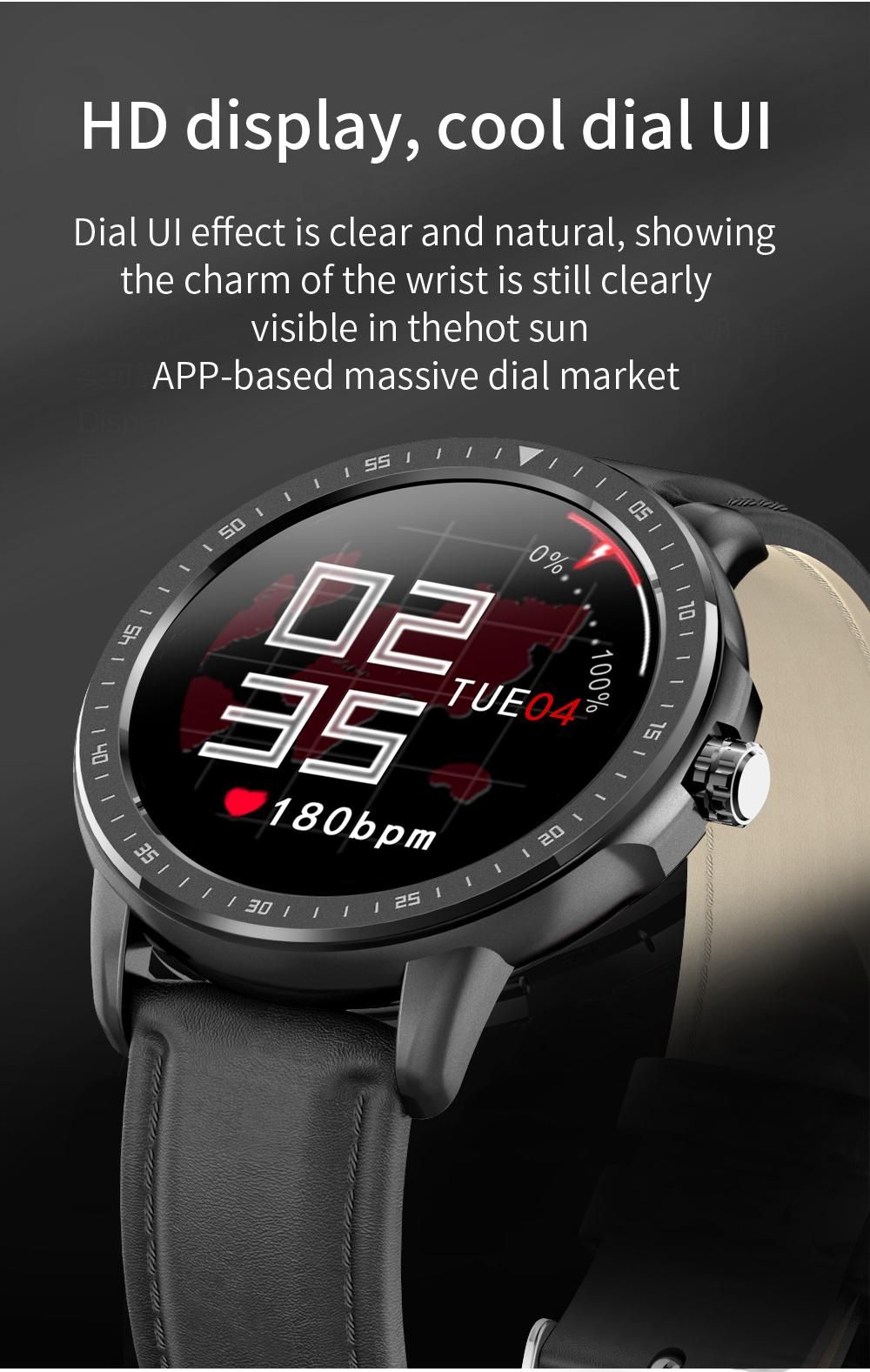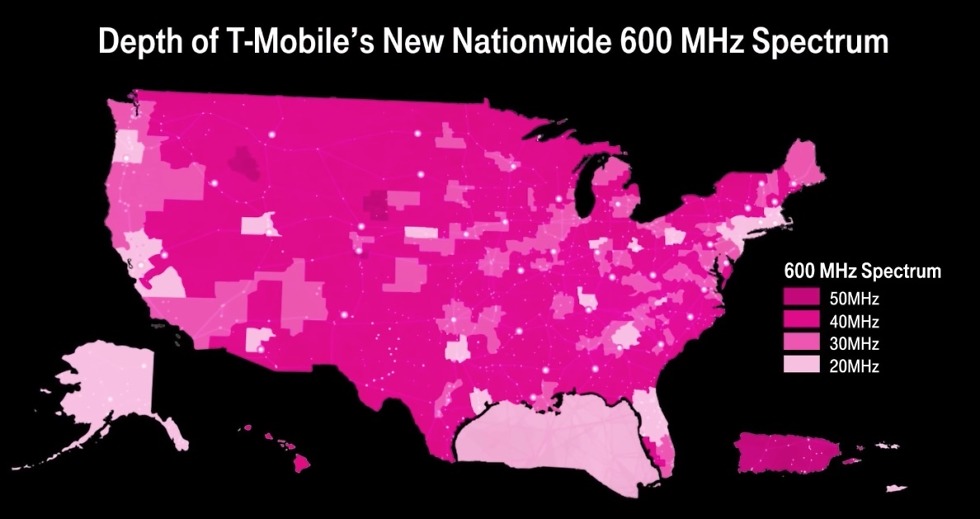
Sprint has not announced what percentage of their base is using Apple smartphones, but, if other carriers are any indicator, it’s in the 4X+% range. (And, existing T-Mobile customers also have the benefit of having the Clearwire spectrum already on their devices since the iPhone 6S, so when New T-Mobile augments their spectrum, device performance will improve).
#Band 71 phones plus#
It’s important to note that even iPhone SE, 6S/6S Plus and 7/ 7 Plus models that worked on Sprint should have a very smooth transition to the New T-Mobile network. So iPhone 8 and iPhone X will work really well in the metro areas (and will use T-Mobile’s 700 MHz/ LTE Band 12 if existing device signal degrades and will have T-Mobile’s AWS spectrum for additional data throughput). The iPhone 8/ 8 Plus and iPhone X models that worked on Sprint also had all of the T-Mobile networks except for the 600 MHz spectrum (Band 71). All of the above models would be classified as “Best case” using the designation above.Īll is not lost, however, for earlier Apple models.

#Band 71 phones pro#
So the iPhone XS/XR/11/11Pro/11 Pro Max are easy conversions to New T-Mobile (in fact, new activations are likely roaming on some T-Mobile bands already – expect to see roaming changes to incorporate more T-Mobile low-band networks in the near future). Starting with the iPhone XS/XR introduction in 2018, all devices were compatible across all US carriers. Good case: Sprint device has LTE Bands 2, 4, 12, 41, and 66īase case: Sprint device has LTE Bands 2, 4, 12, and 41Īpple: Good news for current Sprint Apple customers. Here’s a summary of the rows in the above chart:īest case: Sprint device has LTE Bands 2, 4, 12, 41, 66 and 71 (top of page) On top of this, all Sprint smartphones sold since 2013 (and perhaps earlier – we only went back seven years) have the Clearwire (2.5 GHz) band (LTE Band 41) which, as we discussed in last week’s column, is going to be more robustly deployed by New T-Mobile in the coming months. All of the devices shown in the chart carry T-Mobile’s 700 MHz spectrum (LTE Band 12), but in-home and rural coverage will significantly improve if the customer has LTE Band 71. Ideally, this device would also have T-Mobile’s low-band LTE spectrum available as well (LTE Band 71).

The best scenario for an existing Sprint customer is to have a device that works well on the existing Sprint and T-Mobile networks – in industry jargon, a “Universal” or “U SKU” device.
#Band 71 phones pdf#
The chart below (and avail as a PDF here: device compatibility) summarizes 50+ devices using the categories “Easy,” “Firmware Update,” and “Avoid.” As we hinted in the column last week, there’s not as much transition for smartphone customers as existed in the Metro PCS acquisition. Several of you asked that we talk about device compatibility from Boost and Sprint to the new T-Mobile (referred to going forward as just Sprint). I think I addressed everyone’s questions and am reposting one response as a part of a larger follow-up column this week.ĭevice Transition from Sprint/ Boost to New T-Mobile (Better than Expected)

We had our strongest week since the Sunday Brief was relaunched last July, and the depth of questions were substantial.

This has been a very busy week for all of us (our Mobile-World-Congress-canceled schedules were quickly filled), and there is a buzz in the telecom industry that I have not heard for some time.Ī quick thank you for the dozens of comments on last week’s column. Greetings from snowy Nashville (where I was a technology speaker at the 2020 Country Radio Seminar) and Charlotte, NC.


 0 kommentar(er)
0 kommentar(er)
